New rules at El Roble designed in part to help curb violence
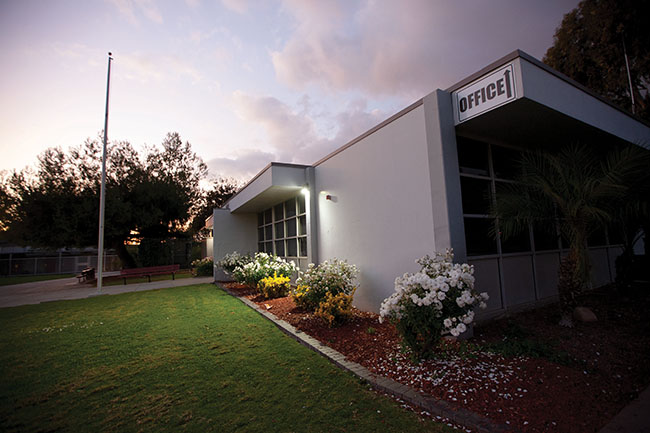
CUSD instituted a new policy this year at El Roble Intermediate School: students were no longer permitted to use cellphones while on campus. Courier photo/Steven Felschundneff
by Mick Rhodes | editor@claremont-courier.com
In one of several moves designed in part to help curb incidents of violence, Claremont Unified School District instituted a new policy this year at El Roble Intermediate School: students were no longer permitted to use cellphones while on campus.
The change was made “As we had an uptick in student behavior last year coming out of the pandemic — fighting, social media stuff,” said Claremont Unified School District Assistant Superintendent, Student Services Kevin Ward. “It wasn’t just the physical altercations, but there was kind of an uptick in issues surrounding students that sometimes led to fighting and sometimes didn’t.”
The recent uptick in middle school violence is not unique to CUSD.
“What we’re seeing now is an increase in campus security in all public schools post-pandemic, because everyone is struggling with the increases in severe student behavior incidences,” Ward said.
Oftentimes questionable social media interactions regarding bullying, harassment, or threats of fights will get reported to CUSD administration, either by parents who intercept them, or by students through the StopIt! app Ward said.
Usually there’s some sort of indicator that a fight is brewing, but “Sometimes it just explodes very quickly,” Ward said.
In addition to the no cellphone edict, CUSD instituted several other changes this year with an eye on increasing safety at Claremont’s only middle school, including revising and updating the El Roble student handbook; “reinvigorating” early in the school year behavior assemblies and homeroom teachers’ involvement in reiterating the rules in the weeks that have followed; adding a proctor, bringing the school’s total number to three; updating policies about restroom use; installing more “vape detectors” in bathrooms; and installing additional surveillance cameras.
All of these changes were made prior to the lawsuit filed September 11 by a former El Roble student alleging assault, bullying, and negligence at the school.
Last year, Ward said, students would use their cellphones to coordinate bathroom meet-ups where they would “jump” other kids. “But taking away their cellphones it eliminates that,” he said, “and then by also limiting the traffic to and from the restrooms so we can address the things that go on.”
Students who need to use the restroom during class are now required to check out through their teacher, who logs on to an app that confirms just one student is using the restroom at a time, Ward said, and how long students are gone from class. The app also flags students who have been disciplined for “major infractions,” requiring them to be escorted to and from a single-use restroom by a proctor.
There are also new lunchtime policies in place at El Roble this year.
“It’s in quadrants, so there’s a quadrant for eating, there’s a transition quadrant, then there’s a play quadrant, then there’s a hang out in the shade quadrant,” Ward explained.
All student restrooms at El Roble are now equipped “vape detectors,” Ward said, addressing another recent area of concern.
The district also added an additional proctor at El Roble this year, bringing the total up to three. Pre-pandemic, most similarly sized middle schools (El Roble has 923 students) had just one proctor, Ward said.
Also new this year, the school has just a single, multi-use restroom open during lunch with a proctor stationed outside each door.
Ward’s office, as well as the principals, assistant principals, and counselors at each school site monitor the various social media “challenges” that began emerging after the pandemic, including one last year that involved damaging school bathrooms.
“So all that’s to really address some of that ‘Fight Club’ stuff that came up last year that was specifically, ‘Let’s go into the restroom because it’s a kind of unseen place on campus and get into it there.’ We have it all show up here in Claremont, usually in very small numbers and very isolated pieces. But it does show up, so we do keep a very diligent eye on that and make sure our staff is aware of it, make sure our proctors are aware of it so they can really head those off as we begin to see them.”
Another layer of protection is provided by CUSD’s school resource officer, an armed, Claremont Police Department officer who rotates between all district school sites, though primarily at CHS and El Roble. The SRO is called in after nearly every fight, Ward said, and is involved in anything that could involve a crime, including assault, weapons or drug possession, or criminal threats. At press time Ward said the SRO had been called in to El Roble four times this year.
All three of Ward’s now grown children came through El Roble. I asked him how the vibe has changed over the years.
“For me, it’s social media. Social media and cellphones have fundamentally changed the landscape for pre-teens and teens,” he said.
Though recent statistics make it clear things have changed on middle school campuses nationwide, many people still contend violence has always been an unfortunate part of the experience.
“I would agree to a certain extent that is true,” Ward said. “What’s different about it is when we went to school if you were a kid and someone was bullying you, you’d come to school and that would happen to you at school, and then you went home; it didn’t follow you. What happens now is it becomes a 24/7 occurrence that escalates quite quickly because you have other people viewing that content and jumping in.”
At El Roble, just three proctors, one part-time school resource officer, and its on-campus administrators and teachers are charged with maintaining order among 1,000 hormone-addled teens and pre-teens.
“It’s a lot, and I think it is overwhelming,” Ward said. “With many administrators I hear a lot of exhaustion and stress.”
Call it the new normal if you will, though Ward hopes that is not the case.
“Would we like to have a less restrictive environment? Absolutely. But those privileges are earned. When students can really demonstrate that they’re responding well and acting appropriately, then you can lessen the restrictions. But with the culture that we have right now, specifically at El Roble, it’s got to be tight because we really have to ensure that our students are safe. I can’t have the issues that we had continue. I have to ensure that your child’s safe when they come to school. Any time that we have uptick in any of these behaviors we have to take steps to be sure that ceases.”
Underpinning this entire discussion of course are the still to be determined long term effects of the pandemic on the lives of current El Roble students, who were fourth and fifth graders in 2020. They experienced untold academic, social, and emotional learning losses while CUSD and districts across most of the country did their best to minimize the trauma during those two pivotal elementary years.
“If you think about the importance of upper elementary, and how children engage in that pre-teen departmentalization and structure …” Ward said, unable to complete the thought, seemingly due to the enormity of the topic. “CUSD made a decision long ago to keep sixth graders on elementary campuses because you preserve that elementary environment longer, that relationship with one teacher, the balance, it keeps them younger longer. It allows them to grow in that way with more support.”
The current seventh and eighth graders were in those levels through the pandemic, and missed that experience, Ward said.
“I think that’s a direct correlation to some of the challenges and issues that we see right now.”



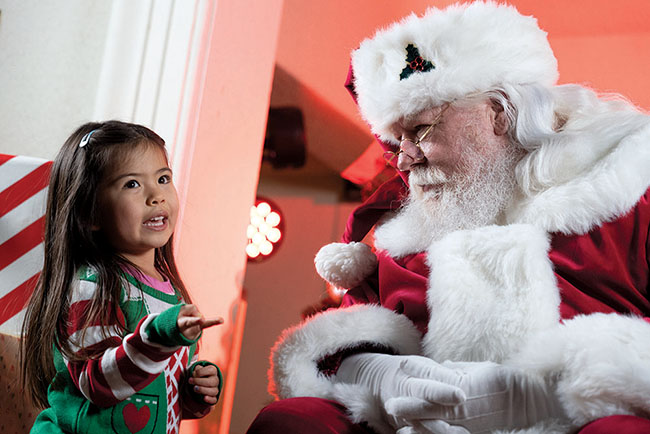

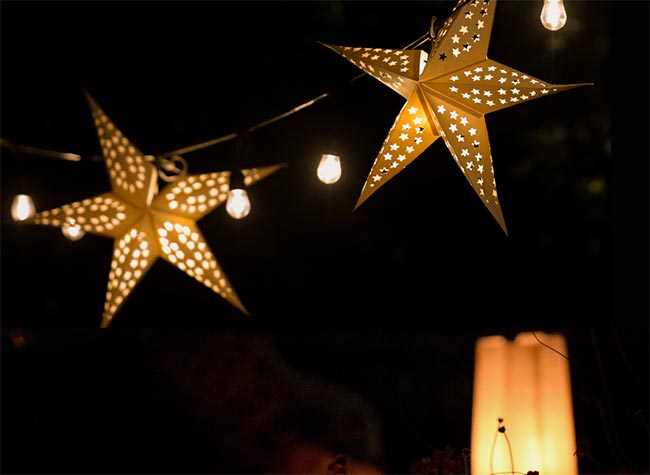
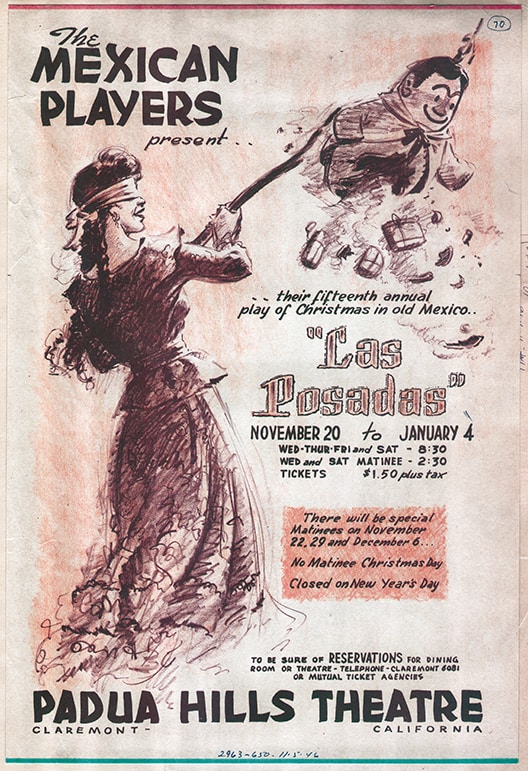

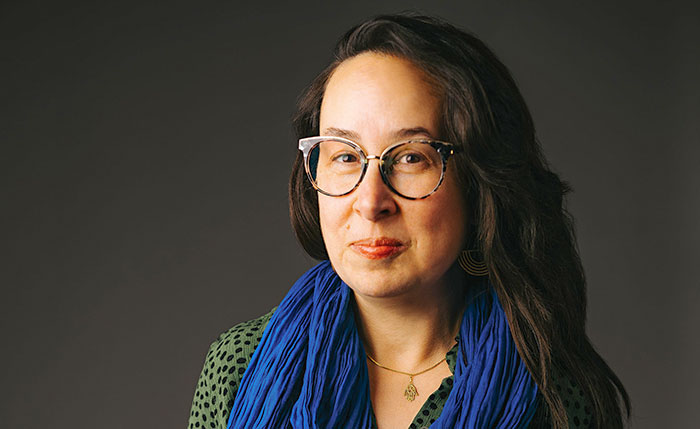

0 Comments